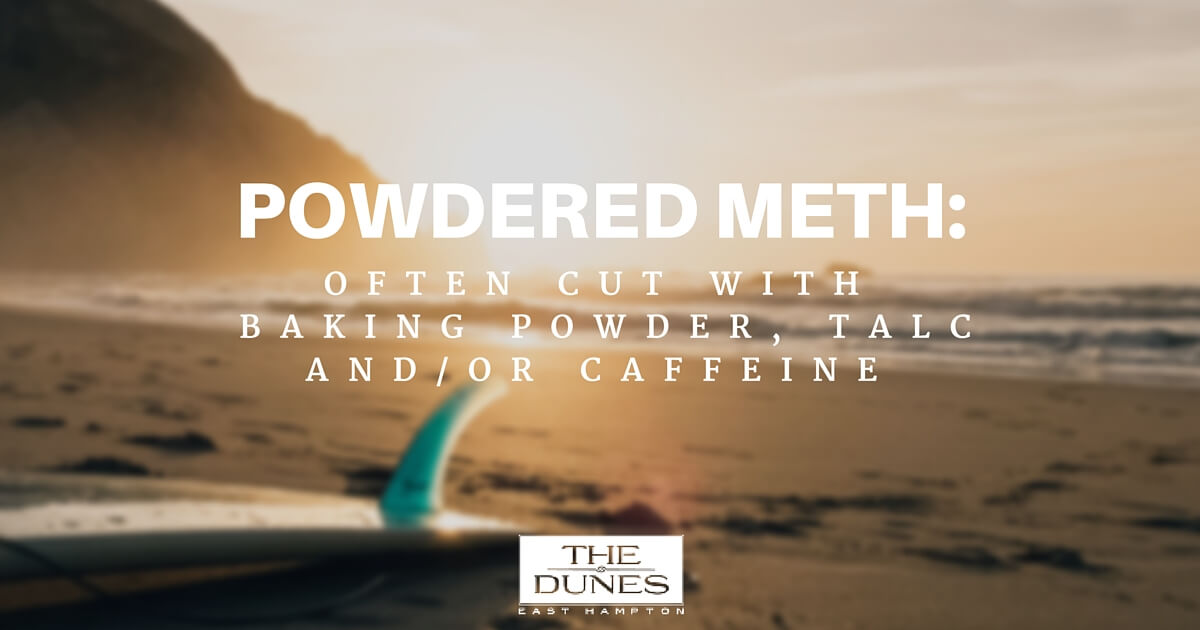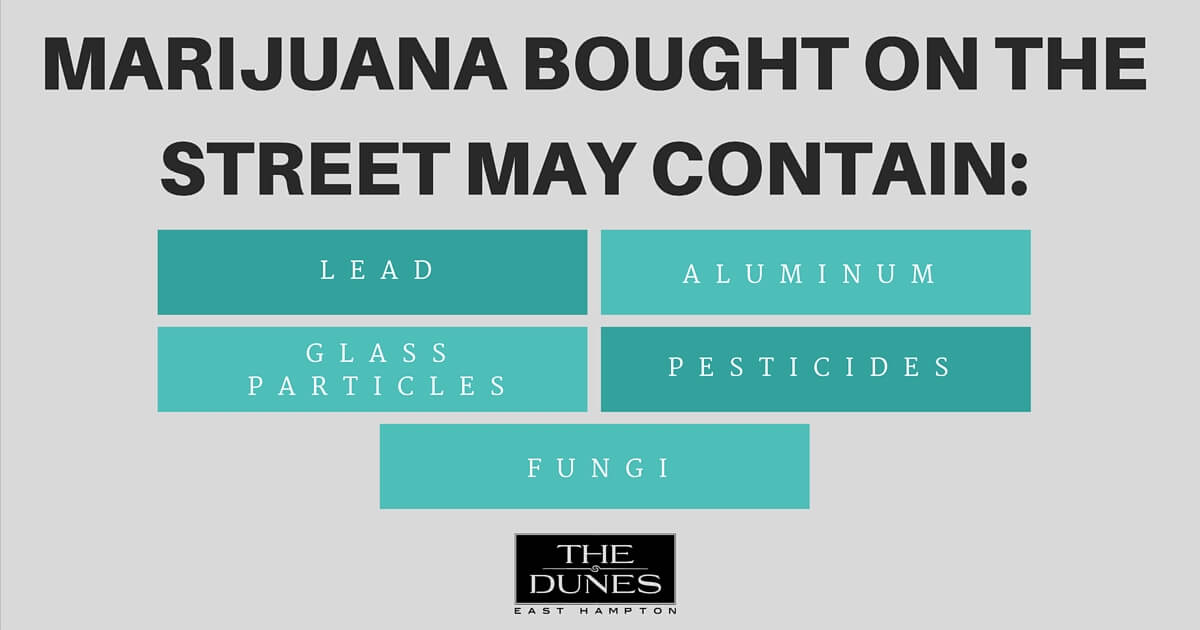
Therefore, it’s worth further exploring what is being dumped into the drug supply, why, and what impact it has on the human body.
Historical Uses Of Cocaine

The toxicity of this substance eventually came to light, however. Both patients and medical professionals began to suffer fatalities from cocaine’s use in surgeries. By 1891, synthesized anesthetics came onto the scene. These included benzocaine, lidocaine and procaine, among others. All were deemed less toxic than cocaine, though they each bore some risk to the central nervous and cardiovascular systems.
The use and associated deaths of cocaine have been on the rise for years. Though the numbers vary, there has been a 42 percent overall increase in fatalities between 2001 and 2014 as a result of cocaine addiction. In part, this is simply because cocaine represents the most powerful known stimulator of the central nervous system. The unfortunate consequence of this high is sometimes cardiac arrest. Though the actual drug bears most of the responsibility for such reactions, substances cut into it can exacerbate the dangers in an adulterated drug supply.
Toxicity And Analgesic Effects Of Cocaine
Since cocaine is already an anesthetic, it can be very dangerous to add anything to it. In fact, medical personnel are extremely cautious about surgeries involving cocaine users. Uncaring distributors of cocaine, on the other hand, are not cautious. They often bulk up their supply by adding substances to the drug to maintain its effect.
Cocaine use alone is dangerous. However, the combination of cocaine and additives is very often lethal, since the stimulant inhibits an individual’s ability to feel the body’s response to overdose. Users often don’t know they are in danger until it is too late.
While the crash of a person’s sensory system can result in death, so can the crash of one’s immune system. This phenomenon is called agranulocytosis. It is often the result of drug use – with cocaine being one of the top offenders.
Agranulocytosis occurs when drugs are cut with Levamisole, a medication that modifies a person’s immune system, in an adulterated drug supply. For some, it acts as an immune booster. But for many, it causes a shutdown. In conjunction with a failed immune system, the slightest infection can turn deadly. Levamisole is most often added to cocaine prior to reaching U.S. soil, so even a “trusted dealer” may unknowingly sell tainted product.
Other Additives To Cocaine – And Why
Levamisole isn’t the only additive. When substances are added to cocaine after it arrives in the U.S., they are most often common household items like sugar, baking soda, laxatives and ammonia. The aim of adding these is the same: to increase bulk and decrease cost. Anything that comes in a white powder form can be added to this drug, and few users would be aware of it.
Government seizures of cocaine over the last 15 years reveal that purity levels of the drug have varied from as low as 18 percent to as high as 51 percent. With those numbers in mind, users are playing Russian roulette with every purchase.
Heroin’s History And Danger

As reported by the Drug Enforcement Agency (DEA), heroin purity levels change every year. Though they have never risen above 40 percent in the U.S., that mark is enough to be deadly.
The color of this drug also varies wildly. Many people do not realize the range of color results from additives, not the heroin itself. The annual rate of heroin-induced fatalities is 6 times higher now than it was in 2001. This is due, in part, to an adulterated drug supply.
The Dangers Of Additives In Heroin
As in cocaine, some substances used to cut heroin appear outwardly benign. These include substances such as:
- Caffeine
- Chalk
- Flour
- Sucrose
However, looks can be deceiving, and unlike cocaine, additives in heroin are often focused on changing how the drug interacts with the user. Caffeine is added because it causes the drug to vaporize at a lower temperature. Dealers take advantage of this because it means customers will go through their supply more quickly. Unsuspecting users can wind up overdosing much more quickly under these circumstances.
Flour and chalk are usually added for the simple purpose of bulking up the product, but these seemingly harmless substances are hazardous when injected. They are not likely to dissolve completely, and can cause blockages in the veins. Additionally, users who are accustomed to bulked-up product often overdose when they unknowingly purchase a purer form of heroin.
Heroin, Quinine And Fentanyl: A Deadly Combination
Dealers often cut heroin with quinine, a substance that treats malaria, in an adulterated drug supply to mask their low-quality product. Users rarely complain because they feel it adds to the rush. The implications of this combination can be deadly, however.
Pulmonary edema – a condition in which the lungs fill with fluid, causing the victim to basically drown without water – can occur after ingesting quinine. Though heroin alone does not cause this, quinine does. Many “heroin overdoses” are actually the result of high concentrations of quinine in the product.
Heroin is unique in that its users will actively seek adulterated product. In these cases, the combining of drugs is intentional, as is the case with heroin and fentanyl – a synthetic opioid pain reliever. Reserved for patients with severe short-term pain, fentanyl is exceptionally deadly when misused. Representatives from the DEA report that it is lethal to the touch in pure form. In its common state, fentanyl is anywhere from 30 to 50 times as potent as heroin.
Users find fentanyl mixed with heroin produces a very powerful high, though it’s a risky practice. At a minimum, this mixture results in nausea, confusion and constipation.
In many cases, the heroin-fentanyl mixture can lead to any of the following:
- Unconsciousness
- Respiratory arrest
- Coma
- Death
A Newer Drug, A Newer Danger: Methamphetamine

The earliest evidence of meth use as being dangerous came in the late-1940s, though it did not halt the availability of the drug. In fact, the applications of meth expanded. Students took it to study longer, truckers bought it to stay awake, and athletes employed it to train harder.
In the 1960s, meth was prescribed to treat heroin addiction for the first time. Ten years later, the drug was regulated under the Controlled Substances Act. To this day, it is highly controlled in the U.S. Production is prohibited in non-clinical settings, but that has not stopped homegrown labs from sprouting up each year.
Methamphetamine And Additives – Meth cut with MSM
Once meth is created in a lab, it is often exposed to the same bulking tactics that other illicit drugs undergo. In powder form, methamphetamine often features additives such as baking powder, talc or caffeine.
However, crystal meth – frequently viewed as the purest form – does not combine well with those aforementioned powder impurities. Unfortunately, this had lead many users to believe that crystal meth is always a clean product. What many don’t realize is methylsulfonylemethane (MSM) does crystalize when mixed with meth, and often gets added to the drug, resulting in diluted crystals.
MSM is a dietary supplement prescribed by doctors and veterinarians. Some DEA reports have stated as much as 25 percent of crystal meth is actually MSM. This odorless, colorless substance is nearly undetectable. The largest issue users face with this dilution is a decrease in the perceived high, and because of this, many users steadily increase their dosing. When users are unaware of the potency of a product, they will not be able to adjust their intake accordingly, as is the case in impure heroin use.
Ecstasy And Meth: Dangerous Partners

Nonetheless, it did not take long for ecstasy to enter the recreational drug market. The kind of effect it produces has led to a high level of use in nightclubs and rave scenes. As with other drugs, the risk of contaminated ecstasy is high. Pure pills are indistinguishable from diluted versions – some of which are cut with meth.
The primary ingredient in ecstasy is methylenedioxymethamphetamine (MDMA), but it’s an ingredient that has become increasingly difficult to obtain. Unfortunately, the result is not a drop-off in usage, but an increase in distribution of diluted and fake pills. Methamphetamine (meth) and para-methoxyamphetamine (PMA) are found in growing quantities in pills that are purported to be ecstasy.
Effects Of Fake MDMA And Other Substances
Ecstasy, or MDMA, can lead to stroke, fatal dehydration and hyperthermia. When combined with other drugs, MDMA is even more dangerous. As meth is frequently pre-cut, it is difficult to determine exactly which side-effects will occur when it is added to ecstasy tablets – leading to a toxic cocktail of unknown ingredients.
Dealers frequently sell PMA as a form of ecstasy, often with little to no MDMA present. PMA is scary: Some call it Dr. Death. It can raise a person’s body temperature to as high at 108 degrees, but the effect is often delayed, compounding its danger. Users tend to take another dose before they have felt the impact of the first. An unfortunate wave of fatalities has followed as a result of these fake pills.
Impurities In Cannabis Or Marijuana

Reports on this matter have turned up disturbing information:
- Germany found an increasing number of people were being treated for lead poisoning after smoking cannabis.
- The United Kingdom reported that as much as 10 percent of all seized cannabis contained glass particles that could be inhaled.
- Research in the U.S. found fungi in an astounding number of marijuana samples. These can cause allergic bronchopulmonary aspergillosis, which is marked by fever, weakness and coughing with bloody mucus.
- Aluminum has also been found in cannabis samples. This gets absorbed into the body and can cause respiratory and neurological diseases.
In the case of cannabis, the reason for dilution is generally tied to weight. Priced by mass, marijuana might tempt some dealers to artificially increase the weight of their product, but that bottom line can have dire consequences for unwitting buyers.
How To Avoid The Dangers Of An Adulterated Drug Supply
Education is always the first line of defense: Ensuring users understand how dangerous additives can be is crucial. Unfortunately, it is nearly impossible to determine an adulterated drug supply from pure drugs just by looking at them. For a population already at risk of addiction, the consequences of taking drugs that have been interfered with are dire, though there are resources available to help.
For those suffering from addiction, there are a few ways to determine the purity of certain drugs. For example, test kits are available to check the purity of substances such as MDMA, heroin, cocaine and opiates to make sure you’re not getting an adulterated drug supply. These tools can be useful in determining to which degree a substance has been modified. These kits can also warn people when added danger is present.
Unfortunately, drug users who need a fix may not “check the label,” so society can help make the difference by being vigilant about education and awareness.
The only way to treat a substance addiction is through a substance abuse treatment program. In a residential treatment program at a luxury rehab center, patients can focus on recovery without a risk for re-exposure to triggers. The clinical services and addiction treatment specialists help patients work through their addiction to maintain a lasting recovery.







